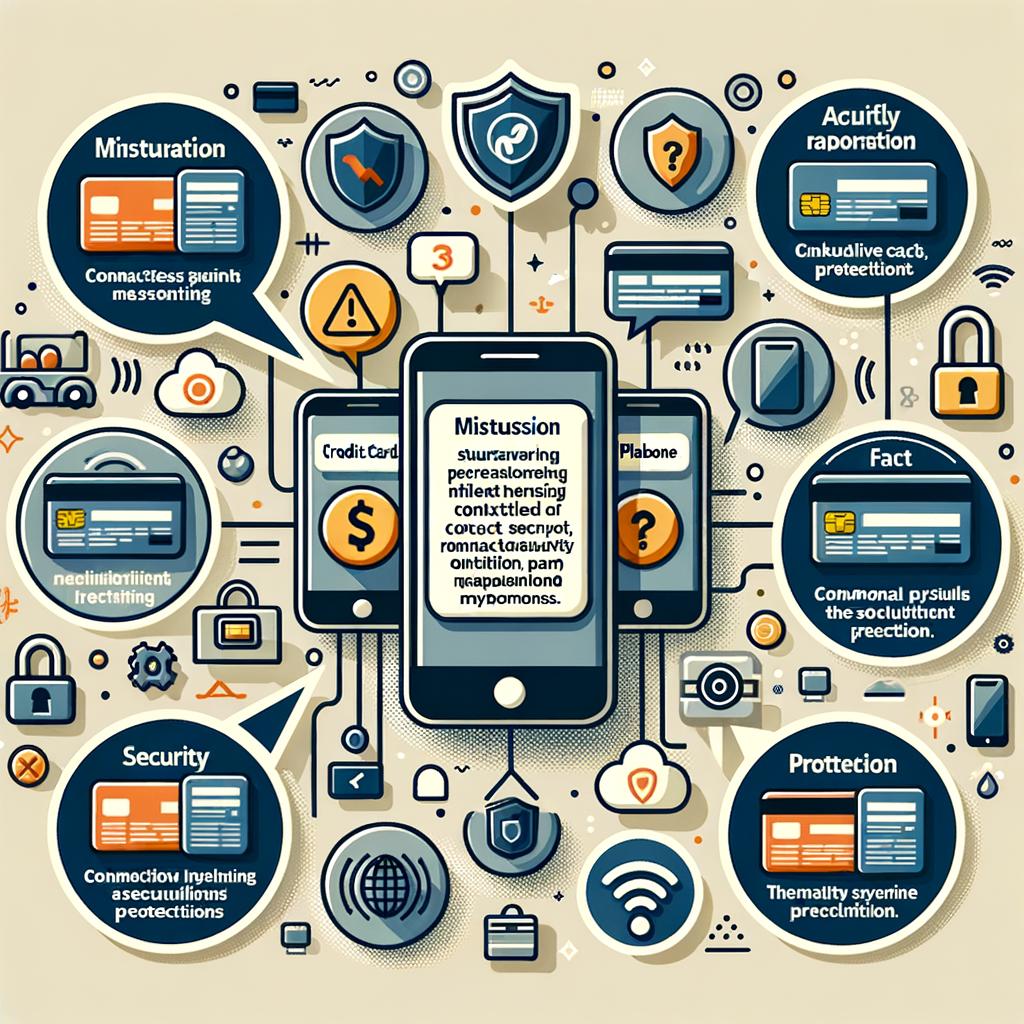Contactless Payment Security: Myths and Realities
Picture this: you’re at the grocery store, ready to pay for your weekly haul of snacks and essentials. You reach into your pocket, pull out your trusty contactless card, and tap it against the card reader. Easy, right? But wait – are your hard-earned dollars really safe in this seemingly magical transaction? In this article, we’ll explore the myths and realities of contactless payment security, debunking misconceptions and shedding light on the truth behind this innovative payment method. Strap in, because the journey to uncovering the secrets of contactless security is about to begin.
Debunking Common Misconceptions about Contactless Payment Security
One common misconception about contactless payment security is that it is not as secure as traditional chip and pin transactions. This is simply not true. Contactless payments actually use the same level of security as chip and pin transactions, with the added benefit of tokenization. This means that your card details are not stored on the device you are using to make a payment, making it much more secure than swiping your card or entering your pin number.
Another myth surrounding contactless payments is that they are easy to hack. In reality, contactless payments are very secure and it is nearly impossible for someone to intercept and steal your payment information. Contactless payments use encrypted data that is constantly changing, making it extremely difficult for hackers to access your information. So next time you’re hesitant to tap your card or phone to make a payment, rest assured that contactless payments are a safe and secure way to pay.
Unveiling the Truth Behind Contactless Payment Vulnerabilities
In recent years, contactless payment technology has become increasingly popular, offering a convenient and efficient way to make transactions. However, there are many misconceptions surrounding the security of these systems. Let’s dive into the myths and realities behind contactless payment vulnerabilities.
One common myth is that contactless payments are not secure and can easily be hacked. In reality, contactless payment technology uses encryption and tokenization to protect sensitive information, making it difficult for hackers to intercept and steal data. Additionally, contactless payments have built-in security features such as transaction limits and authentication requirements to further safeguard against unauthorized use. It’s important to stay informed and separate fact from fiction when it comes to contactless payment security.
Practical Tips to Ensure Secure Contactless Transactions
Let’s debunk some myths about contactless payment security and explore some practical tips to ensure secure transactions.
Myth: Contactless transactions are not secure.
Many people believe that contactless payments are not secure and are susceptible to fraud. However, contactless transactions use advanced encryption technology to protect your information, making them just as secure as traditional chip card transactions.
Practical Tips:
- Enable transaction notifications: Sign up for alerts on your mobile device to monitor your account activity in real-time.
- Use a secure wallet: Consider using a digital wallet like Apple Pay or Google Pay, which add an extra layer of security.
- Regularly monitor your account: Check your account statements frequently to spot any unauthorized charges.
| Tip | Description |
|---|---|
| Enable notifications | Receive alerts on your device for every transaction made with your card. |
| Use a secure wallet | Opt for digital wallets like Apple Pay or Google Pay, which add an extra layer of security. |
| Monitor your account | Regularly check your account statements for any suspicious activity. |
In Retrospect
So there you have it, folks! Hopefully, we’ve shed some light on the myths and realities surrounding contactless payment security. Remember, just because it’s convenient doesn’t mean it’s not secure. Stay vigilant and always be mindful of your transactions. Until next time, keep tapping, stay safe, and happy spending!





